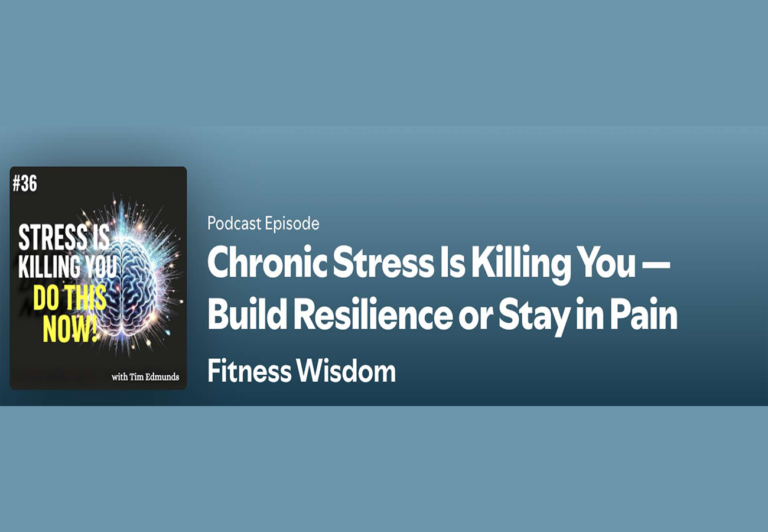The autonomic nervous system (ANS) is composed of two primary branches: the sympathetic nervous system (SNS) and the parasympathetic nervous system (PNS). The SNS is responsible for the body’s “fight or flight” response, a primal reaction that prepares the body to respond to perceived threats. In today’s fast-paced and often stressful world, many individuals find themselves with an overactive SNS, or in a chronically “sympathetic dominant” state.
How does sugar play into this? Let’s delve in.
1. Immediate Energy Surge:
When the body perceives a threat and enters a “fight or flight” mode, it needs quick energy. Sugar, specifically glucose, provides this energy. Consuming sugar gives an immediate spike in energy, which the body, when in a sympathetic state, interprets as a beneficial aid to either face the threat or flee from it.
2. Cravings:
In a sympathetically dominant state, there’s a higher energy demand. The body often craves quick energy sources, like sugar, to fulfill this demand. Over time, this can result in a cycle of sugar dependence, where the body relies on regular sugar intake to maintain energy levels and combat feelings of fatigue.
3. Blood Sugar Fluctuations and Stress:
Consuming sugar leads to a rapid spike in blood glucose levels. In response, the pancreas releases insulin to move glucose from the bloodstream into cells. A rapid surge in sugar can lead to a subsequent rapid drop, known as a “sugar crash.” This crash can produce feelings of lethargy, irritability, and mood swings. These fluctuations put additional stress on the body, further driving the sympathetic state.
4. Inflammation and Immune Response:
Excessive sugar intake can promote inflammation in the body. Chronic inflammation is a form of prolonged stress, which can again perpetuate the sympathetic dominant state. Additionally, inflammation can trigger immune responses, diverting energy resources and promoting a state of internal stress.
5. Impaired Cognitive Function:
In a sympathetic state, higher-order cognitive functions, such as decision-making, planning, and impulse control, can be impaired. When combined with frequent sugar consumption, this can lead to poor dietary choices, perpetuating a cycle of sugar intake.
So, what can we do?
Awareness is the first step. Recognizing the relationship between chronic stress, sympathetic dominance, and sugar intake is crucial. From there, individuals can work to:
– Reduce Sugar Intake: Opt for natural sugar sources like fruits and avoid processed and refined sugars.
– Prioritize Stress Management: Techniques such as meditation, deep breathing exercises, physical activity, and getting adequate sleep can all help counteract the effects of chronic stress.
– Stay Hydrated: Drinking enough water can help manage sugar cravings and support overall bodily functions.
– Consume Balanced Meals: Incorporating protein and healthy fats can stabilize blood sugar levels and reduce the need for sugary pick-me-ups.
In conclusion, while sugar provides a quick source of energy that the body might crave in a sympathetically dominant state, its long-term impact can perpetuate the cycle of stress and imbalance in the ANS. By understanding this relationship, we can make informed choices that support a more balanced and harmonious bodily state.



